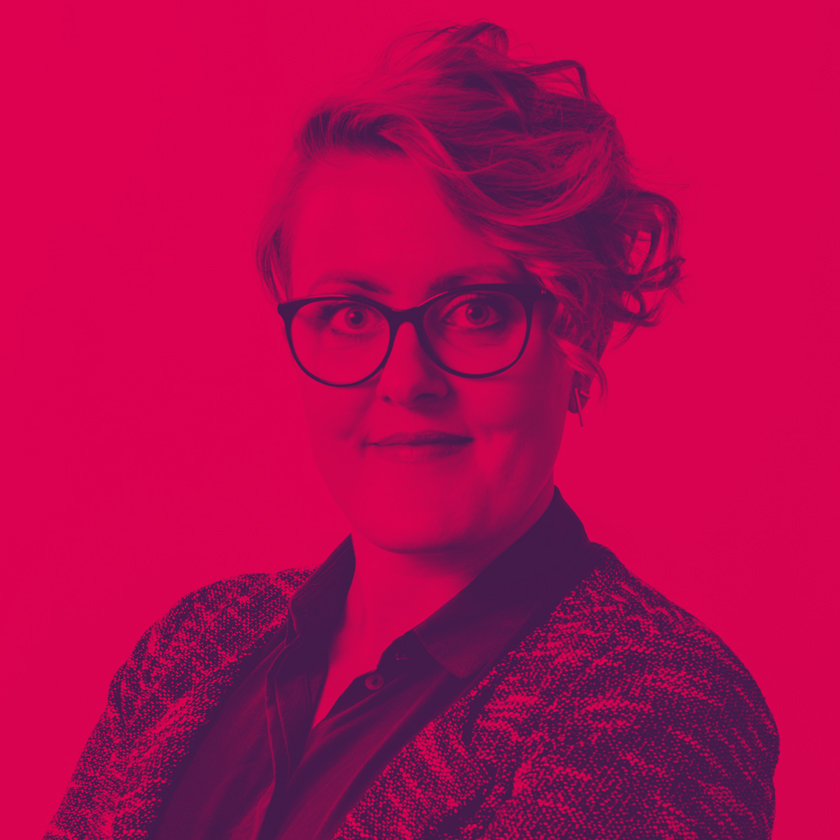Tales from an anthropologist
talk – 35 min | Feb 7 – 11:50
– trust, fear and grief in digital design
For the most part, digital product designers seek to create positive and engaging experiences. Knowing how to make things intuitive, gratifying and clear is obviously vital. However, it is arguably just as important to recognize the context in which the user operates.
And sometimes, this context can be dead serious.
In this presentation, I will tap into my experience of designing services for people going through various kinds of hardships, grief, and sorrow. The examples vary from peer-to-peer insurance to services that aid people in mourning the dead.
My main argument is that we’re all a little afraid of other people – especially in online context. But when we are experiencing emotional turmoil, the fear and distrust towards others are amplified. The job of a UX designer is to work around this dilemma in ways that are both creative and deeply humane.
The first example case of the presentation is based on my PhD research during 2007-2014, in which I focused on analyzing mourning rituals in online environments such as online gaming, social media networks, and memorial websites. Approximately half of the services I studied were built specifically for mourning, but the other half were designed for entirely different purposes: gaming, socialising, sharing funny cat videos and memes.
The knowledge gained from this research formed a basis for my work as a service designer in WillRememberYou.com, a Finnish startup for online memorials. Its goal is to share solace and condolence among its users, and offer more aesthetically comforting and personal spaces for mourning than other similar websites. The second case is something that Taiste, the company I work for, has been involved in.Fair is a peer-to-peer insurance service where users collectively decide which losses deserve to be compensated. The payouts are funded via small monthly fees.
The democratic nature of the service means that the service can cover things that regular insurances do not – anything from a broken smartphone to a bad date.
As a part of Fair’s design process, I conducted an extensive UX research about the concept. We needed input from the prospected users to answer questions such as: what does having an insurance mean to our target audience? Are there potential problems related to the issue of trust within digital communities? The context of seeking for compensation of a broken item or a bad experience is already negative, which is why the user’s mental state is unaffirmative and can affect the way they use and experience the service. The results of the UX research directly affected our design choices
Through these two case studies, I argue that the importance of implementing contextual design, being empathic and gaining the right kind of user insight should be an elemental part of digital service design.
About the speaker

Anna Haverinen, PhD
I am a Digital Culture PhD with a solid background in Cultural Anthropology. In addition to almost ten years of academic research, I have worked in the fields of service design and business consulting (B2C, B2B) since 2012. I’m specialised in UX research and service design, qualitative research and ethnographic analysis, especially in online environments.
I have a passion for all things digital, especially with an anthropological touch: understand people and the stories they tell you, why they do what they do and – especially – why they claim to do something else than they are actually doing.
I am currently working as a Design Anthropologist at Taiste, a Finnish design and development agency located in the beautiful city of Turku.
























